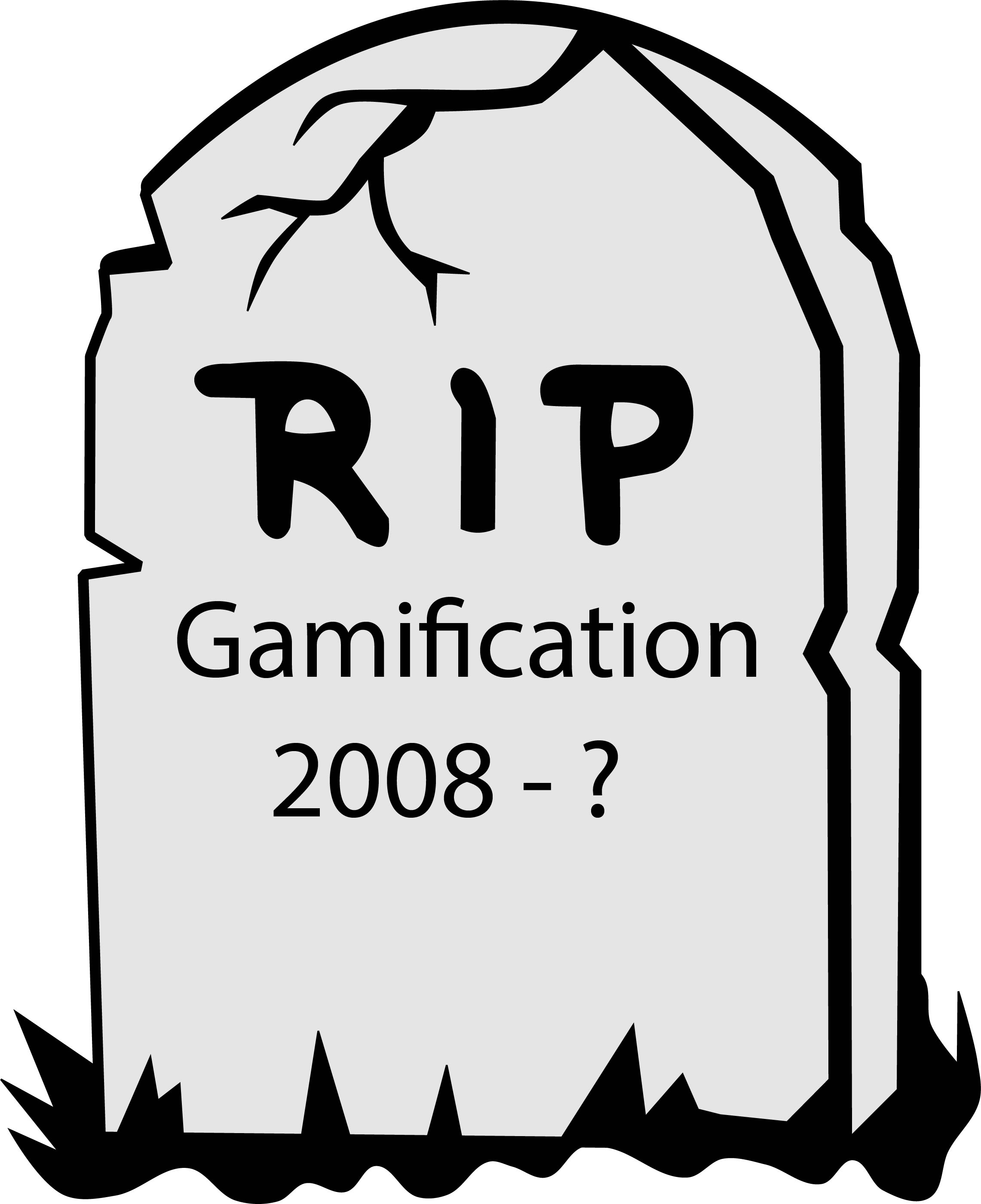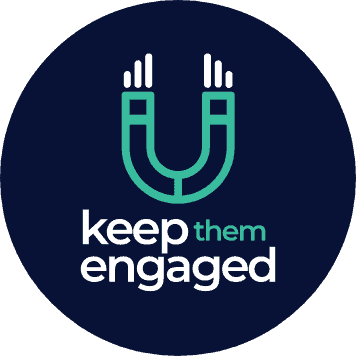
Gamification has been declared dead for a while now by a variety of people. However, I kept seeing elements and gamification principles in a variety of services (even Amazon), which are used by millions of people every day. So, I decided to find out for sure.
The hype around gamification is dead because too many people failed in applying it correctly. This is mainly because the concept has been widely misunderstood. Gamification is not dead; it is currently used by many major companies and keeps growing due to its incredible benefits when done right.
The reason for me to state this is because of the research I have seen, the applications of gamification I see everyday, and the promise of renowned market researching companies to project that the gamification market will become a $7 billion market by 2025. But before we go there let me walk you through why people think gamification is dead.
Why people declare gamification as dead
Gamification was hyped immensely when the concept first started to appear in an app called Foursquare in 2009, which motivated users to check in and check out in restaurants and such.
Gamification then completely blew up when Gartner decided to add it to its Hype Cycle of trending technologies in 2011 which lead to massive interest in learning what gamification can do. Now, this is where it starts to turn a little sour and what lead to gamification being perceived as dead. There are as with many things several reasons for this.
The first one is that the concept of gamification, which is in its simplest form trying to increase engagement and making a task more game like by applying game elements into e.g. business settings, was sadly horribly misunderstood.
To be blunt, gamification is not the most intuitive concept. It is in fact quite complex if you really want to make gamification work on a business environment for example.
I have personally now taken several courses, read multiple books and employ gamification in my day to day work, but am sometimes still struggling if my current approach makes the most sense. Back then people assumed it is basically there to motivate people into doing anything they want using leaderboards, points and badges.
What they didn’t know or what the media wasn’t covering in much depth, is that yes while gamification tries to motivate people into engaging with your product, content, organization and so on. It requires an intense study of the future user, such as why the user is doing what he’s doing and why and how he could be motivated to enjoy a “serious” task or a product.
Or why do you want to make the experience appear more game like. Is there a actual goal for the user to do this task in a game like manner, or at all?
It is definitely not just adding some leaderboards or points to a process and expect that your users/employees will now be super motivated to do a task. Good gamification can be come really difficult because, as you also might hear it touches upon a variety of different areas such as user experience design principles, behavioral psychology or concepts which are now coined as design thinking principles.
Factoring in now that a number of people overpromised what gamification can do without having the proper knowledge – resulting in lazy implementations and applications which have been promised to deliver immense returns, but ultimately resulted in huge failures.
It cannot really be a surprise that approximately 80% of gamification projects failed and still fail, which in turn fueled immense frustration towards the concept.
The hotel chain Marriot (which I’m personally a great fan of) has tried to jump on the gamification train back then as well, and developed a game designed to train their hotel staff.
This would have been a great area to employ gamification but the issue here is that they did not explain and educate their employees as to why an employee should play this game for X hours a day, what the benefits are and how it can help the employee.
They also did not make the game motivating and fun enough to be played countless hours, e.g. tasks included buying ingredients such as lettuce for a hamburger over and over again. Well, if you get to eat the burger after, that could be fun, I would certainly play it then, but well, you couldn’t.
Since the majority of gamification projects failed, due to mainly poor design, unseasoned experts, overpromises and a simple lack of understanding – Gartner decided to take out the concept of gamification of their hype cycle graph. That in combination with the frustration people felt in “trying out” this game stuff, lead to a death of the gamification hype.
And now let me explain why Gamification does not seem dead at all, and why I have invested a lot of time into learning more about Gamification concepts.
Why gamification is not dead!
As I mentioned above, 80% of gamification projects fail because of poor design. That still leaves 20% of gamification projects which succeed. And if the concept of gamification has been applied correctly, it leads to immensely successful returns.
Remember the purpose of gamification is that people engage and feel motivated to for example change behaviors, develop a skill or even solve complex problems.
One great example of successful gamification has been done by Microsoft. When rolling out Windows and its respective languages across the globe, Microsoft noticed that they are having trouble in making correct translations for all the different countries on the planet. However by coming up with a gamified experience towards the employees of Microsoft they were able to solve the challenge.
What Microsoft did was making the “task” of translating more game like. Microsoft created “The Language Quality Game” in which around 4500 Microsoft employees, who are not in the usual translating department, participated on a group level to find translation errors and fix them.
Every time a participant would find an error they would receive a point which will be added to their local team. This resulted in quite the competition across teams to find more translation errors, with the only result of getting bragging rights.
One of the core reasons for this to work, besides the fun competition and the resulting bragging rights, was that the experience was focusing on motivating an employee to help his organization and to truly help improve a product used by millions.
This is just one example of successful gamification, there are hundreds more, which proof that if gamification is done right it can lead to amazing returns and certainly holds a future.
In addition, recent market research has shown that the gamification market is valued at USD 7 billion in 2019 and is estimated to grow substantially over the next five years. The reason for this growth is the incredible increase of smartphones and mobile devices.
Factoring in that more and more people slowly understand the concept of gamification and its way of fostering human behavior to come up with innovative ideas, ways to increase productivity, or other forms of engagement. It can certainly be said that gamification is not dead, instead it is here to stay.

